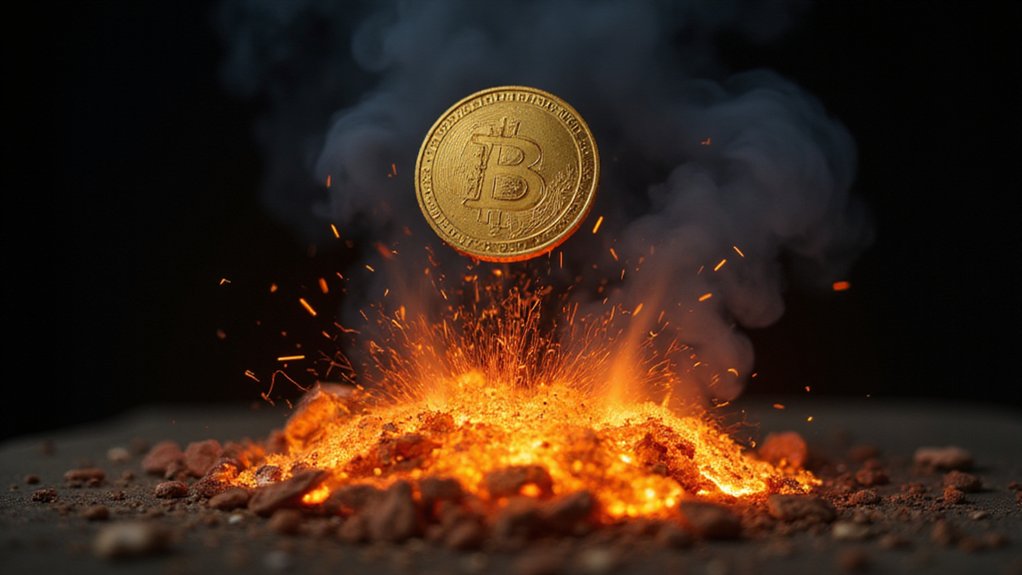The carbon credit market, that peculiar corner of finance where atmospheric molecules acquire price tags and corporate guilt transforms into tradeable assets, has long suffered from the sort of structural inefficiencies that would make even the most optimistic portfolio manager wince.
A market where atmospheric guilt becomes tradeable currency, plagued by inefficiencies that would horrify seasoned investors.
Over 30 different registries and standards fragment the landscape, creating a labyrinthine system where comparability becomes an exercise in futility and transparency remains as elusive as consistent returns in emerging markets.
JPMorgan’s blockchain unit, Kinexys, has partnered with S&P Global Commodity Insights to pilot what could charitably be called an ambitious solution to these systemic headaches. The collaboration, launched in July 2025, leverages S&P Global’s Environmental Registry—a platform tracking everything from renewable energy projects to afforestation initiatives—to create a blockchain-based tokenization system for carbon credits.
The premise? Transform these notoriously illiquid assets into something resembling actual financial instruments.
The blockchain’s immutable ledger promises to address the market’s most embarrassing vulnerabilities: fraudulent credits and double-counting schemes that have undermined institutional confidence. By tracking the complete lifecycle of carbon credits from issuance through retirement, the technology theoretically eliminates the sort of accounting gymnastics that have plagued voluntary carbon markets.
Smart contracts automate processes while tokenization enables fractional ownership, potentially attracting the institutional capital that has remained skeptically sidelined. This approach mirrors the broader decentralized finance movement, where blockchain technology enables peer-to-peer financial services without traditional intermediaries.
The financial implications are staggering, assuming one accepts the partners’ projections. Currently valued at approximately $200 billion, the voluntary carbon market could balloon into a $2 trillion asset class within a decade if tokenization succeeds in reducing risk premiums and enhancing liquidity.
This transformation would release unprecedented climate finance flows, positioning JPMorgan and S&P Global as first movers in what could become a defining infrastructure play. Each token represents one ton of CO2 offset, providing verifiable proof for businesses seeking to substantiate their environmental claims.
Whether blockchain can truly solve problems that stem from fundamental questions about measurement, additionality, and permanence remains an open question.
However, the partnership represents a significant bet that technology can impose order on a market where corporate net-zero commitments increasingly collide with the messy realities of quantifying atmospheric impact.
For investors, the implications extend beyond carbon credits themselves to encompass the broader infrastructure enabling climate finance.





